GEOTEXTILE/GEO-FABRIC & GEO-PRODUCTS
GEOTEXTILE/GEO-FABRIC & GEO-PRODUCTS
As professionals, we don’t compromise quality & we offer free technical services
WOVEN & NON WOVEN GEOTEXTILES
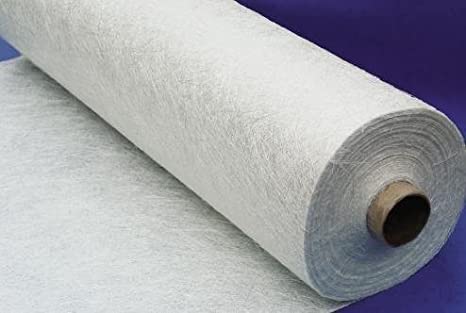
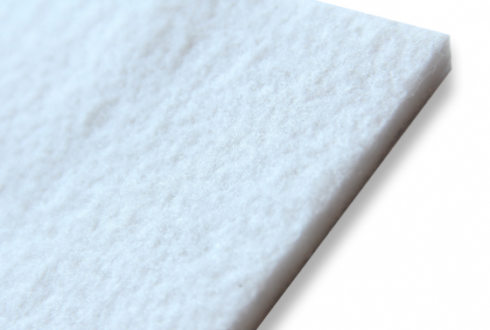
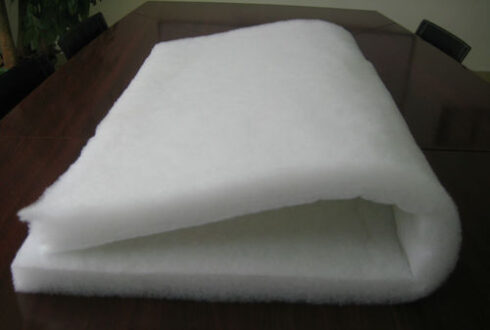

Our durable and permeable geotextiles which are of UV-treated and chemical resistant virgin polypropylene (PP) or polyester (PET) materials with the bonding technology of either needle punching or thermal, may be deployed to serve the purposes of filtration, separation, or reinforcement in civil engineering works like dams, railways, harbours, roads, irrigation channels, and reservoirs for soil stability, erosion prevention, and drainage objectives. The superior mechanical and geotechnical characteristics of our geotextiles enhance the serviceability and durability of the resulting structures.
GEO BAGS
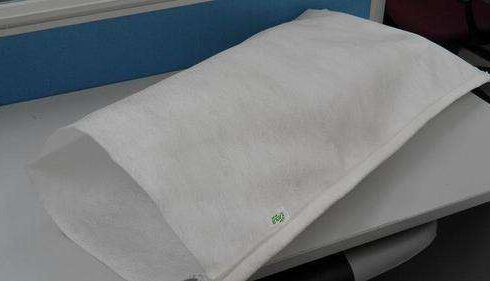
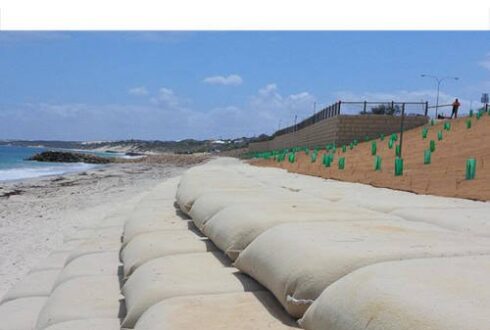
We offer geobags of both woven and nonwoven geotextiles in various sizes to solve site hydraulic challenges and they could be used as breakwaters, for riverbank and beach protection, erosion control, and scouring prevention. The flexibility and the competitive costs of geobags present advantages over the optional traditional methods such as the use of concrete.
GEO GRID
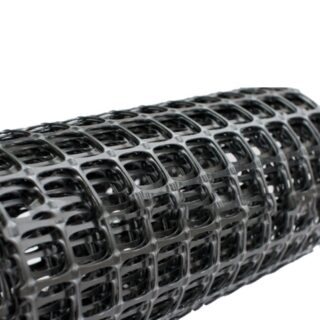
Our fibreglass geogrid has excellent chemical resistance with high tensile and creep resistance values to justify its reinforcement capabilities in asphalt pavement and foundations of roads, airport runways, parking lots, bridges, jointed concrete highways for reflective cracking prevention. The geogrid is polymer-coated and tack-filmed for high tensile strength in both weft and warp directions, high-temperature range, low elongation, durability, and chemical resistance. The biaxial plastic geogrid noted for its high aperture stability and wear resistance is of virgin polyethene using hot-melt extrusion method that increases the soil load-bearing capacity and the stability of the road subbase of course aggregates through aggregates confinement.
